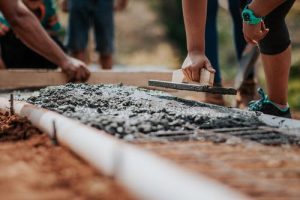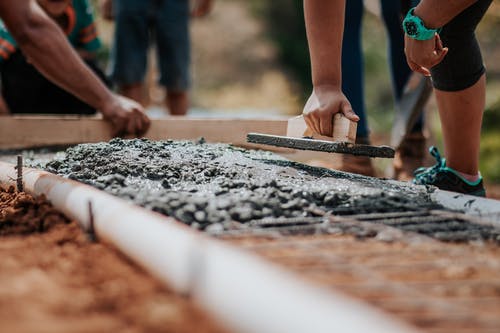There are several different methods of underpinning. Some are easier to complete than others.
Concrete underpinning, for example, involves digging pits to fill them with concrete.
Reinforcements can also be used. Some of these methods can easily be done by hand. Others
require heavy equipment. Below we will discuss the differences between each type. Let’s look at
a couple of the more common methods.
Pile underpinning is used to support buildings that are heavier, have higher loads, or are located
in areas with high water tables. It is best to use it for a pad foundation or for a five- to ten-storey
structure. Pile installation can be done with jacks, cantilever needles or pre-cast piles. To install
a piling, approach pits must be dug. Materials surrounding the pit will need to be removed by
water jets, or airlifts. Some piles can be reinforced using concrete and placed into new
excavation levels, while others don’t.
method of underpinning
Another method of underpinning involves the use of steel reinforcement, or structural resin
injection. Structural chemicals are injected in the soil and expand via chemical reactions. This
expands the resin and fills voids, compacts weak soil, and raises structures. This is a relatively
new method, but it’s very fast and easy. The procedure is quick and non-disruptive. In certain
cases, the structure can be lifted above the soil using this method.

The best method for underpinning your home or building depends on the type of problem and
the cost of fixing it. You should check the availability of underpinning in Melbourne if you are
looking to purchase an older home or renovate it. It’s difficult to get insurance if the foundation is
not in good condition. This is why it is so important to hire a professional to do the work.
You will need to protect the areas that are most vulnerable, regardless of what type of
underpinning you use. These areas can be traced and marked so that the underpinning is
working as it should. Uneven settlement can be caused by unbalanced loading, tree roots action,
or changes in service load. Some underpinning methods may require that the foundation is
lowered to compensate. This option is also available if you’re building new homes.
Geopolymer options are more cost-effective than traditional underpinning methods. Geopolymer
solutions are easy to install and require no excavation. Traditional underpinning methods require
excavation which can be disruptive and time-consuming. Geobear’s Geopolymer method makes
the whole process quick and easy. So, you’ll be able to enjoy the peace of mind that comes with
using the best underpinning solutions.
Underpinning can be an essential process that strengthens the foundation of your house or
building. Depending on its use, underpinning can prevent differential settlement and increase the
bearing capacity of foundation soil. Underpinning can also prevent waterlogging in basement
floors. These are just a few of the benefits you can expect from underpinning your home or
business. It’s possible to enjoy it for many decades with proper underpinning.

